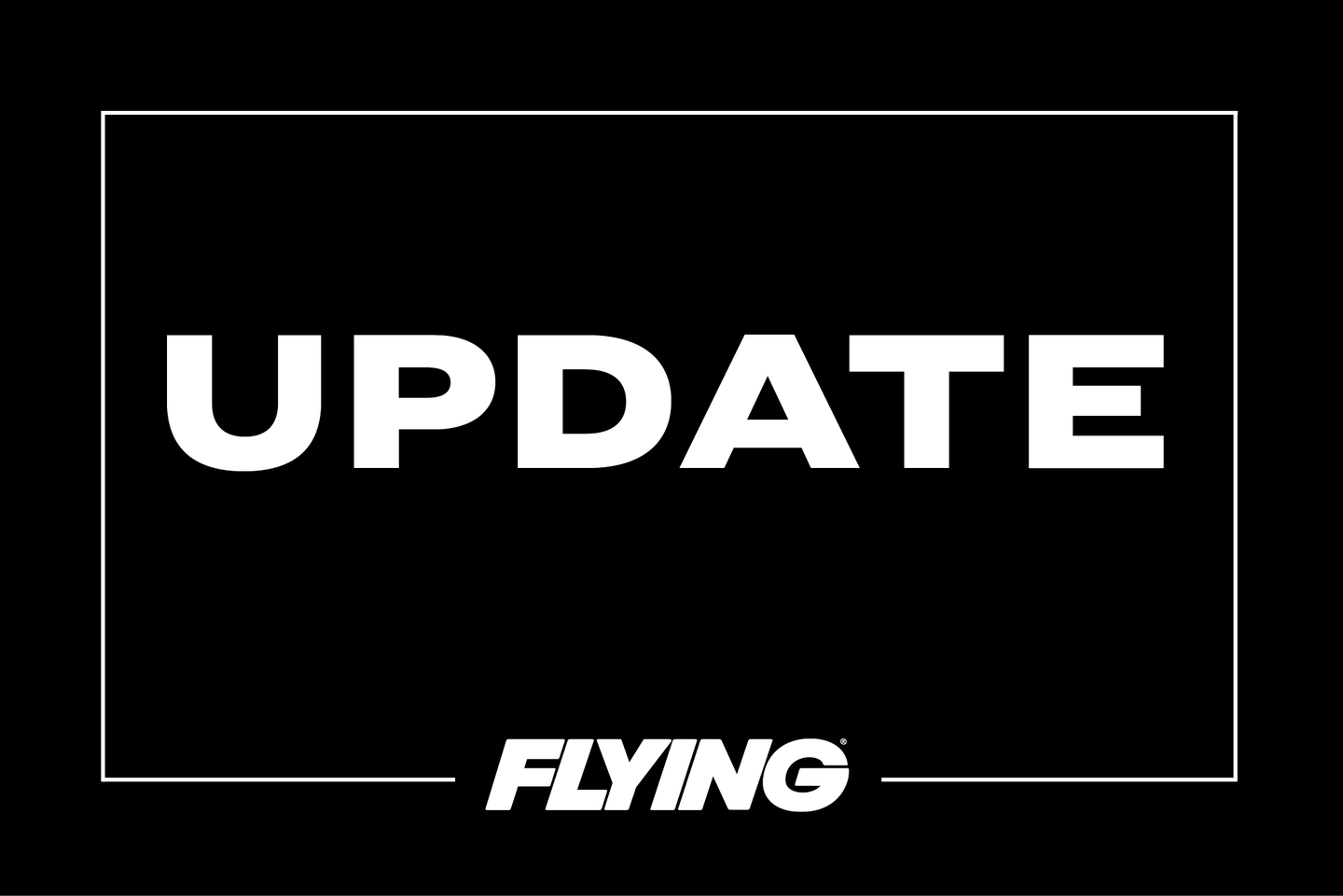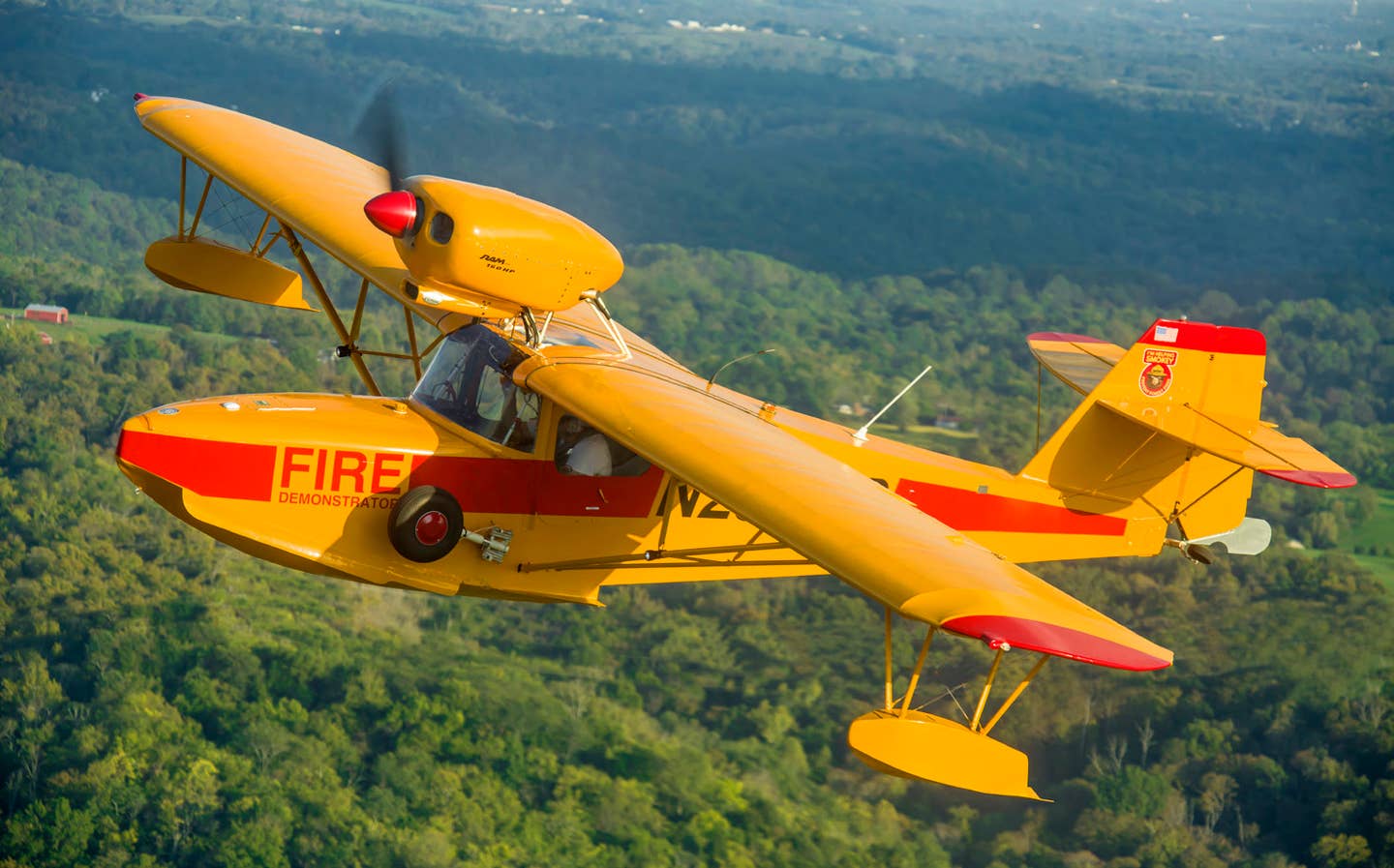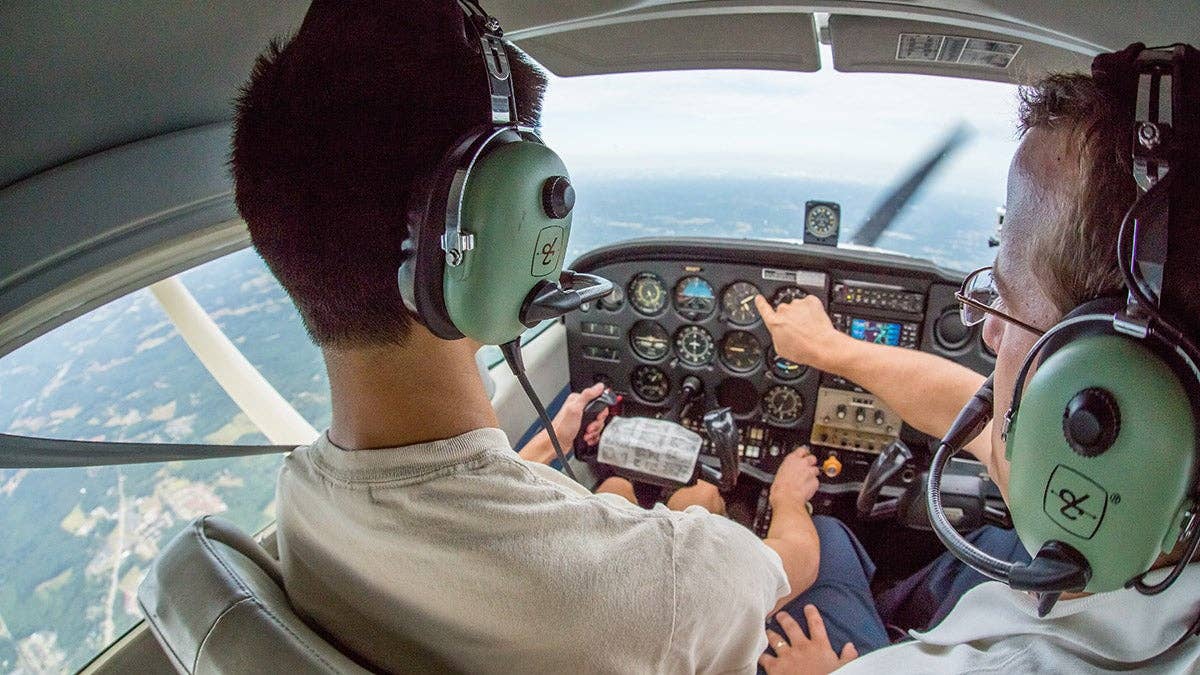NTSB Blames Inexperienced Pilot for Accident That Killed Three
The NTSB cites a lack of pilot experience in the 2019 loss of a Cessna 421 Golden Eagle that killed three people in DeLand, Florida.

The NTSB cites a lack of pilot experience in the 2019 loss of a Cessna 421 Golden Eagle that killed three people in DeLand, Florida.
Armand Girouard, 27, and Shawna Carbonaro, 34, both of DeLand, and Ernedro Philippe, 32, of Kissimmee, Florida, were killed when the multiengine airplane they were in went down in a wooded area the afternoon of September 29, 2019.
According to NTSB records, the aircraft was purchased in June 2019 for $35,000 by Martin Flores of Texas. Flores told the NTSB that he bought the aircraft as an investment. He purchased the aircraft through an eBay auction, paying $6,000 for the repairs and another $4,500 for a pilot to ferry the aircraft to Texas.
After repairs were made, he intended to sell the airplane.
Flores told investigators that it was his understanding that the mechanic who was performing the repairs had found an instructor to fly the aircraft, and the name of his contact was a person named “Ernedro.”
The mechanic stated that Philippe was identified as the pilot who would ferry the airplane to the owner after repairs were made. However, Philippe, a private pilot with 155 hours, did not have the required training or certification to legally fly the complex, high-performance multiengine aircraft.
Girouard held a commercial pilot certificate for both single- and multiengine airplanes and a flight instructor rating for single-engine airplanes. His logbook indicated 500 hours total time, of which 40 was in multiengine airplanes. Girouard’s logbook did not show a complex endorsement or a record of an instruction received in a Cessna 421. The investigation also indicated the toxicology report noted Girouard had THC, a derivative of marijuana, in his system at the time of the accident, but it was not clear if he was impaired.
The owner of the aircraft had not given permission for the flight to take place. The mechanic in charge of making the repairs to the aircraft stated that he also had not given permission for the flight, as neither the repairs or the required paperwork and inspections required to return the aircraft to service had been completed.
What Happened
Two witnesses in the vicinity of the accident described the aircraft flying between 1,000 and 2,000 feet above the ground. One witness described seeing the 421 “roll three times” before he lost sight of it as it descended into a wooded area approximately four miles from the departure airport. The landing gear and flaps appeared to be in the retracted position. The witness stated he heard the engines make “two pop sounds.”
The wreckage was found at the base of a tree in an upright position. The cockpit was crushed and the fuselage fragmented. There was evidence of a post-accident fire that consumed the left wing. It was determined that both engines were producing power at the time of impact, as the propellers were not feathered and there were freshly cut branches at the wreckage site. There were no indications of pre-impact flight control or engine malfunctions that contributed to the accident.
Based on the pilot’s lack of any documented training in the accident airplane and the witness statements the NTSB concluded that the pilot most likely lost control of the aircraft. The NTSB stated it was likely Girouard who was acting as pilot in command at the time, although there was no record of him ever having flown a Cessna 421 before.

Sign-up for newsletters & special offers!
Get the latest FLYING stories & special offers delivered directly to your inbox






